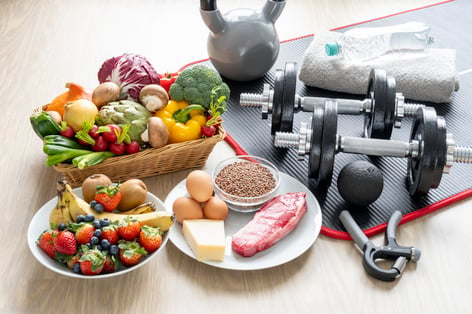 If you’ve been into fitness for a while, you likely know how important it is to fuel and replenish your body before and after exercise with the proper nutrition. However, you might be uncertain and confused about why, when, and what to eat and drink to optimize your workouts.
If you’ve been into fitness for a while, you likely know how important it is to fuel and replenish your body before and after exercise with the proper nutrition. However, you might be uncertain and confused about why, when, and what to eat and drink to optimize your workouts.
Before Exercise
Why: When digested, carbohydrates are turned to glucose, the body’s main energy source. Consuming a moderate-to-high amount of carbohydrates depending on the type, duration, and intensity of exercise will help you maintain consistent energy levels throughout. Additionally, adding a moderate amount of protein to your pre-workout meal or snack can “prime” your muscles and may help prevent muscle breakdown during exercise.
When: Within 1–3 hours of exercise (typically)
What: Moderate to high carbohydrate, moderate protein, fluids
Examples: Apple or toast (carb) with peanut butter (protein), Greek yogurt (protein) with berries and/or granola (carb), string cheese (protein) and crackers (carb), etc.
What NOT: Avoid fatty/greasy/fried, spicy, and fibrous foods because they may cause stomach upset during exercise.
After Exercise
Why: After exercise, you must replenish the carbohydrates used for energy and consume plenty of protein to aid in muscle repair. The more energy you use during exercise, the more carbohydrates you will want to replace. Similarly, the harder you work your muscles, the greater strain you put on them, the more protein you will want to consume to aid in recovery.
When: Within 1 hour of exercise (typically).
What: Moderate carbohydrate, moderate to high protein, fluids
Examples: toast (carb) with tuna, chicken salad, or eggs (protein); Greek yogurt or chocolate milk (protein) with fruit (carb), turkey lunch meat (protein) with veggies and dip (carb), protein shake/bar
All in all, the timing and amount of food required to properly fuel and replenish your body before and after exercise is highly dependent on the individual, the type of exercise being performed, and the individual’s goals. Speak with a registered dietitian to better understand your individualized nutrition needs.
This blog was written by Lindsey Recker, MS, Registered Dietitian. To learn more about the NIFS bloggers, click here.


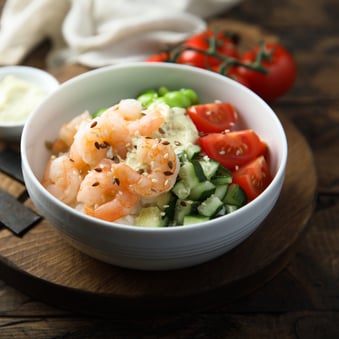
 Grilled Zucchini Hummus Wrap
Grilled Zucchini Hummus Wrap  Chicken and Cucumber Lettuce Wraps with a Simple Peanut Sauce
Chicken and Cucumber Lettuce Wraps with a Simple Peanut Sauce  1. Do make a plan to manage your stress level.
1. Do make a plan to manage your stress level.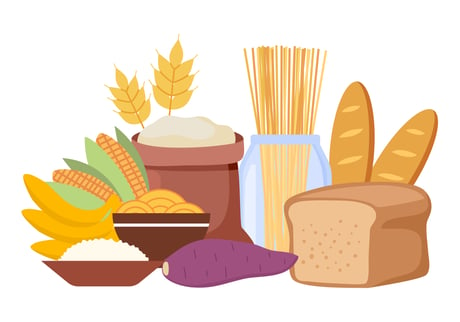 You’ve probably heard the saying that “not all carbohydrates are bad,” but how do you differentiate between good and not-so-good for you? When it comes to carbohydrates, in order to identify which type is best, it’s important to first understand the
You’ve probably heard the saying that “not all carbohydrates are bad,” but how do you differentiate between good and not-so-good for you? When it comes to carbohydrates, in order to identify which type is best, it’s important to first understand the 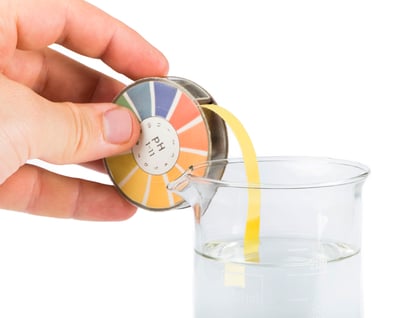 Alkaline vs. Acid
Alkaline vs. Acid Protein bars make a great snack when you’re short on time or don’t have a big appetite. However, these days there are so many different protein bars available to choose from that picking the right one can be difficult. Some protein bars are relatively healthy; however, many are just fancy candy bars with a lot of sugar and saturated fat, and only a few grams of protein. When picking a protein bar, here are the top five
Protein bars make a great snack when you’re short on time or don’t have a big appetite. However, these days there are so many different protein bars available to choose from that picking the right one can be difficult. Some protein bars are relatively healthy; however, many are just fancy candy bars with a lot of sugar and saturated fat, and only a few grams of protein. When picking a protein bar, here are the top five 
 Sodium, potassium, magnesium, calcium, phosphate, and chloride are all electrolytes, or minerals that fulfill essential roles within the body. More specifically, sodium, chloride, and potassium work together to maintain fluid balance within the body, while magnesium and calcium promote optimal muscle function and aid in energy metabolism.
Sodium, potassium, magnesium, calcium, phosphate, and chloride are all electrolytes, or minerals that fulfill essential roles within the body. More specifically, sodium, chloride, and potassium work together to maintain fluid balance within the body, while magnesium and calcium promote optimal muscle function and aid in energy metabolism. 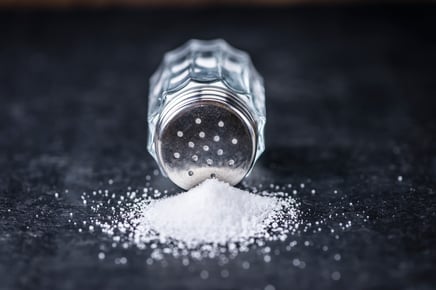 Sodium is a mineral and electrolyte that helps balance the amount of fluid and other minerals in your body. It also plays an important role in nerve and muscle function. The terms “sodium” and “salt” are typically used interchangeably; however, sodium is a mineral and one of the chemical components found in salt (also called sodium chloride). Sodium is found naturally in some foods, and added to others for flavor or preservation.
Sodium is a mineral and electrolyte that helps balance the amount of fluid and other minerals in your body. It also plays an important role in nerve and muscle function. The terms “sodium” and “salt” are typically used interchangeably; however, sodium is a mineral and one of the chemical components found in salt (also called sodium chloride). Sodium is found naturally in some foods, and added to others for flavor or preservation. 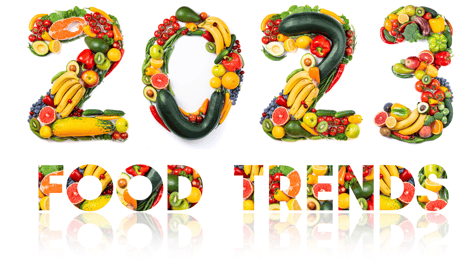 While having a New Year’s Resolution to “lose more weight” isn’t a bad thing, it’s not easy. And depending on how much you want to lose and in what time frame, it’s not always realistic. To benefit your overall health without focusing on your weight, try setting (and sticking to) some of the following nutrition-related resolutions going into 2023.
While having a New Year’s Resolution to “lose more weight” isn’t a bad thing, it’s not easy. And depending on how much you want to lose and in what time frame, it’s not always realistic. To benefit your overall health without focusing on your weight, try setting (and sticking to) some of the following nutrition-related resolutions going into 2023.